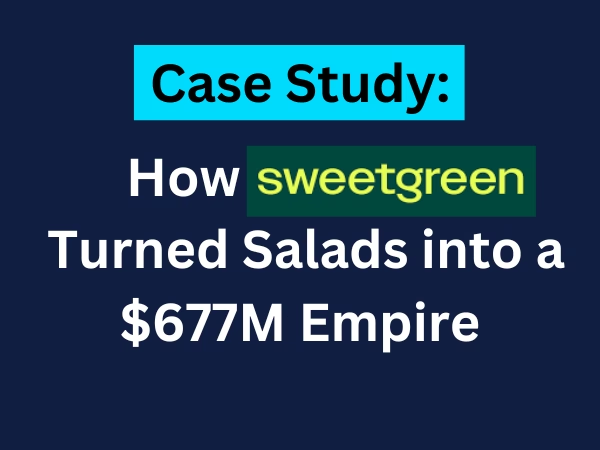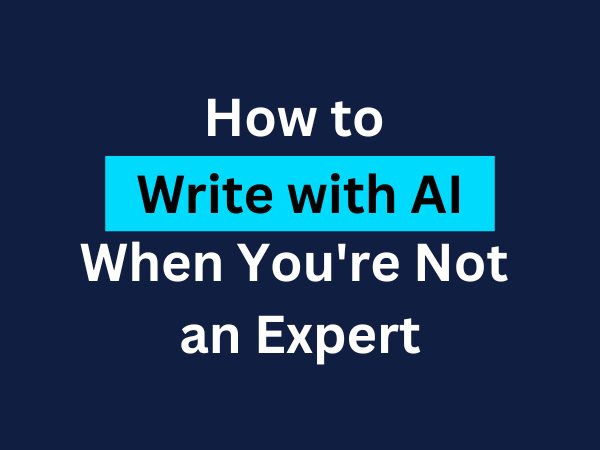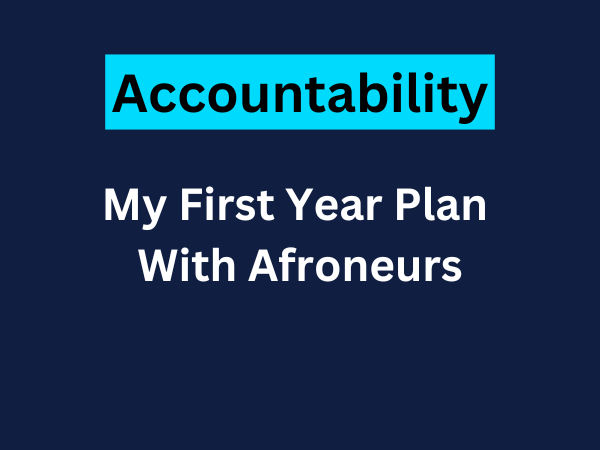Every website should have four functions.
It needs to be a lead magnet, bringing customers in with content.
It has to convert, which means selling your products or services with e-commerce and landing pages.
It should have customer support to assist your customers with any problems they may face.
Ultimately, it has to maintain the relationship and offer reccuring offers to your customers with a newsletter.
Here’s how you can use these 4 functions to transform your website to lead convert and maintain

Afroneurs
I’m building with the trajectory I’m about to explain.
I started with the newsletter. Now, I’ve built a website where I share the newsletter articles as blog posts.
In the future, as the newsletter grows and my subscribers show interest in a product, I can offer it through an e-commerce setup or a landing page, and that’s when customer support will come into the picture.
But let’s break it down step by step.
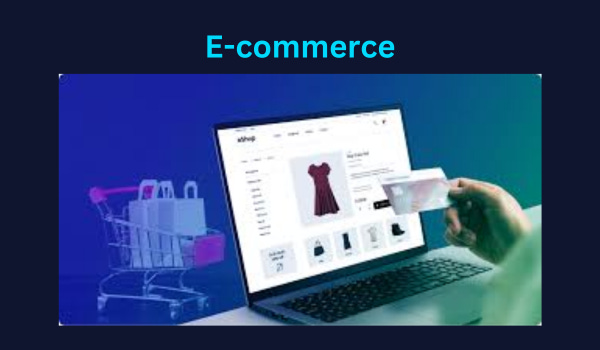
E-commerce and landing page
Your e-commerce platform is where the transaction happens, it’s your store.
That’s where people browse products, add to cart, and make payments.
A landing page isn’t for browsing. It’s built for one purpose, one offer, one message, and one call to action.
When you give too many options, you confuse people and lose conversions. The goal is to guide the visitor toward a single next step, not to explore.
If you have different offers, create different landing pages for each offer.
Keep it focused and direct.
Here are 5 of the most important things e-commerce businesses do:
- Sell products or services online through websites or apps
- Process payments securely using digital payment systems
- Fulfill and ship orders efficiently to customers
- Market to customers using social media, email, and ads
- Provide customer support to handle inquiries, issues, and returns.
Upsells and down-sells matter.
Once someone makes a purchase, guide them to the next logical step by selling other products that go with the first one.
If you sell event suits, upselling shoes makes sense, right? or downsell by selling to them ties.
Service-based businesses need their website to have a landing page to sell specific services, like electricity or plumbing.
Your customers can book your services or request a quote.
The goal isn’t just to attract visitors, it’s to convert and retain them while supporting them.
Your website should work for you 24/7, selling on autopilot with optimized pages and strategic follow-ups.

Blogging: Position Yourself as the Go-To Expert
The blog content is part of your overall content strategy because you can’t have one type of content on the blog, a different one in the newsletter, and another on social media.
You should strategize in a way that all channels align around one value proposition. Your content should sell, build your brand, support and maintain customer relationships.
Consistently tell the story of the value and benefits your customers will receive, over and over again.
The blog gives you the possibility to go deep in explaining the products and services.
The most important thing is, it should always remind people what you sell. It might sound sellsy, but it has to be done in order to sell.
Types of blog posts that you should write about:
- Answer-based content, solve problems, and establish credibility
- Case studies show success stories of past clients or customers to increase conversions
- Educational content helps your audience understand how to maintain and get the most out of what they buy from you
- Or any other topic that is specific to your industry
Every post should sell without feeling like a sales pitch. The more value you provide, the more trust you build, making it easier to convert readers into customers.
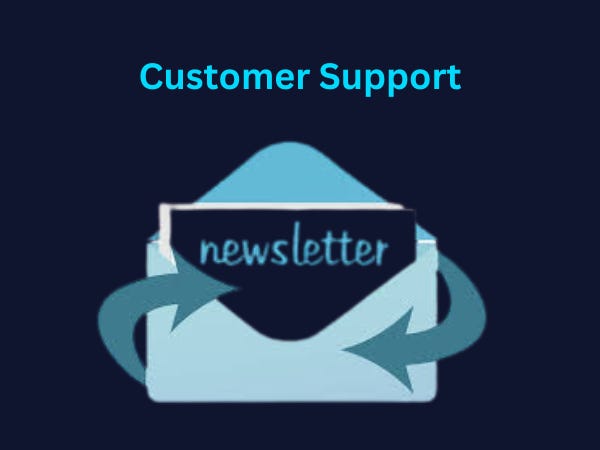
Email Marketing: Turn Leads into Loyal Customers
Your email list is one of your most valuable assets. It’s where you build trust, engage your audience, and resell your products or services.
- Recurring offer: Newsletters aren’t just for updates, use them to resell your products and services.
- Engagement is key. Polls, quizzes, and interactive content help you learn more about your audience’s needs.
- Repurpose your best content. What you send via email should also live on your blog to maximize reach.
- Think long-term. Every product and service has a lifecycle. Anticipate when customers will need to repurchase, and email them at the right time to drive sales.
Your email strategy isn’t just about selling, it’s about staying in your audience’s inbox and on top of their minds so that when they’re ready to buy, they think of you first.
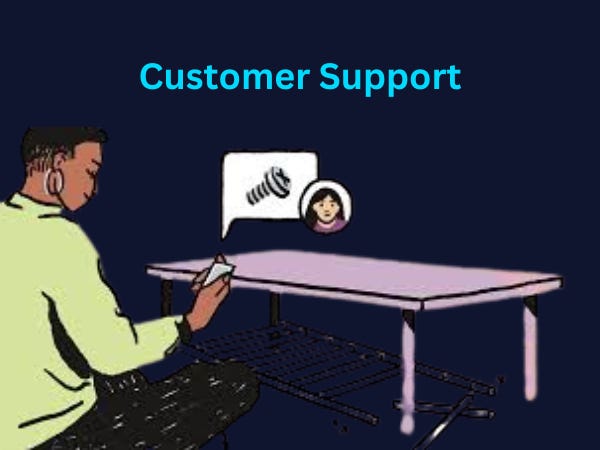
Customer Support is a must
This is something entrepreneurs often ignore in the beginning. Once you start selling online, people are buying things without seeing or touching them.
They may receive the wrong size, the product may have a defect, or they may struggle to use it—and that’s where customer support comes in.
Give people channels they can use to reach you.
- Email support is a simple option where you respond within a few hours or by the next day.
- Contact forms on your website let customers submit concerns, which you’ll receive like an email and respond to in a short time.
- Live chat on your website allows customers to get immediate help. You may need to hire support staff to manage this.
- Chatbots are more advanced. With AI, you can set up automated answers for common questions. While this can be expensive to implement, it can reduce long-term costs compared to hiring multiple support agents.
Ecosystem
The ultimate goal is to build an ecosystem that feeds itself, creating a brand customers come back to buy from again and again.
You can’t build the entire ecosystem in one day. As your business grows, you’ll add each function when the time is right and continue upgrading based on your customers’ needs.

